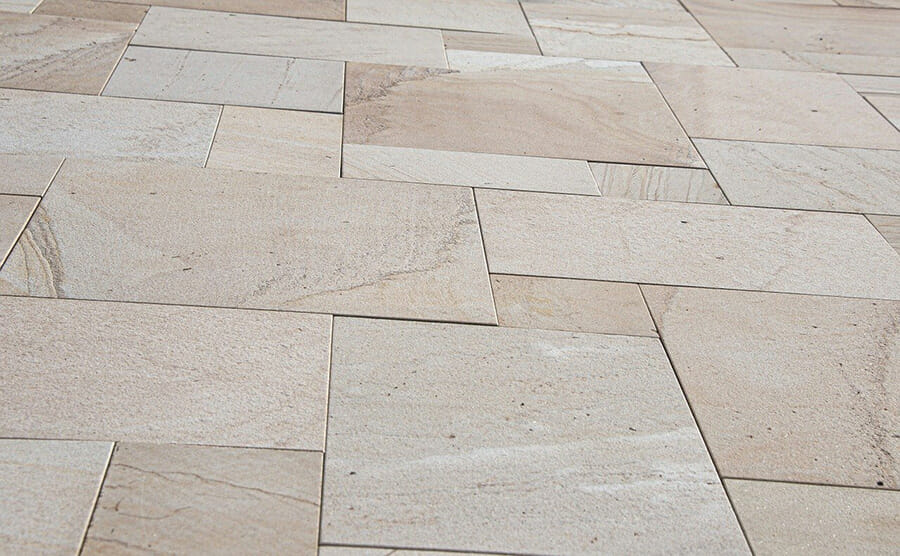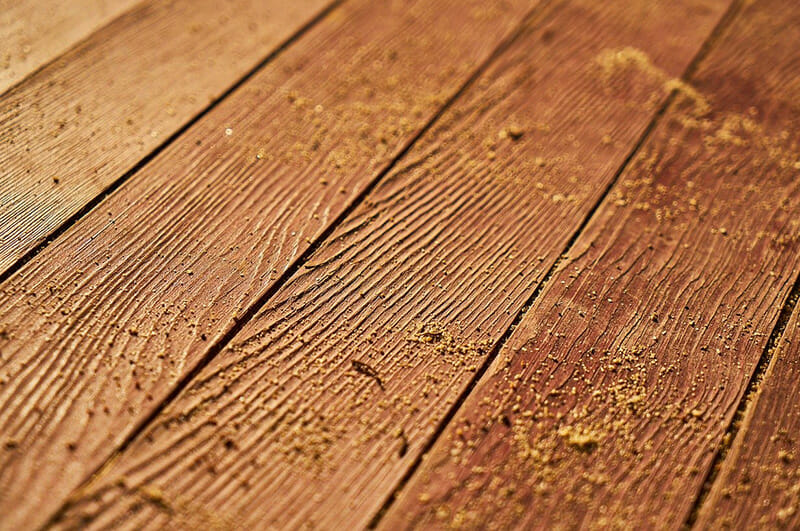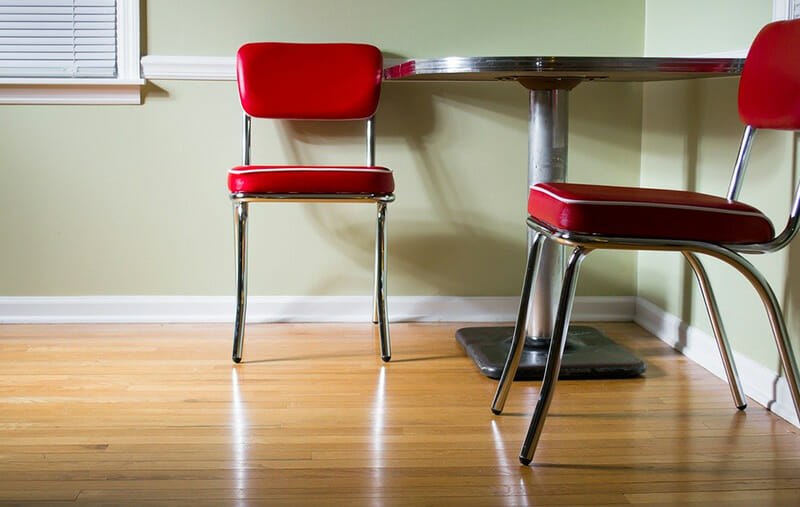Underfloor Heating: What Is It?
We offer a range of underfloor heating solutions suitable for any home.
We offer a range of underfloor heating solutions suitable for any home.
In basic terms, a wet underfloor heating system features pipes, filled by warm water and powered by a boiler or heat pump, concealed within the floor, and typically embedded within the floor screed. There are also floating floor options where the pipes are laid in a floating floor panel or an overlay system which is designed for retrofit projects as the existing floors do not have to be dug up.
If you are opting for a whole-house underfloor heating system, there will be separate pipe runs into each room from a central manifold. This allows you to control when those rooms or ‘zones’ are heated and for how long. Preventing you from having to heat unoccupied spaces. The heating controls can be wired, wireless or smart controls.
An underfloor heating system will effectively turn your floor into a radiator. It works at a lower temperature (around 40°C) than a radiator system (which operates at around 65°C). This means less demand on your boiler for improved levels of comfort. Making it ideally suited to work with renewable technologies like ground or air source heat pumps. It can help to prevent cold spots and draughts in your home as the heat works by radiation whereas radiators work by convection creating air draughts as the warm air circulates around the room.
It’ll also free up your wall space giving you more flexibility when it comes to layout and furniture placement. It’s a great solution for large open plan living spaces.
Underfloor heating systems will work effectively with any floor covering. However each covering has different thermal conduction properties, the harder surfaces offer better conductivity and therefore better heat output rates.

Stone and ceramic tiles, marble or flagstones
These types of floor finishes are usually cold underfoot, however with underfloor heating they are transformed into warm comfortable surfaces. The supporting floor structure needs to be stable and rigid to prevent cracking.

Carpet
The nature and thickness of the carpet underlay is fundamental in determining good heat transfer. Most underlays are sponge types that have waffle pattern moulded into their underside and allow good heat transfer. Carpet underlays that should be avoided are felt and rubber type.

Laninate Flooring
Laminate flooring should be laid on a roll type floor levelling rather than the ridged type. Movement that occurs must be accommodated by an expansion gap around the floor deck.

Timber
Concerns regarding the effect of heat on a timber floor are misplaced and the more important issue is the floor moisture content. Timber floors should be laid at a. moisture content of 10-11% which when heated will reduce to 8-9% and cause a very small amount of shrinkage.

Vinyl Flooring
Underfloor heating can be used for vinyl flooring. There are two categories of vinyl; one is limited to constant temperatures of around 26ºC and the other to 30ºC. Check the floor surface temperature for compatibility with vinyl flooring.